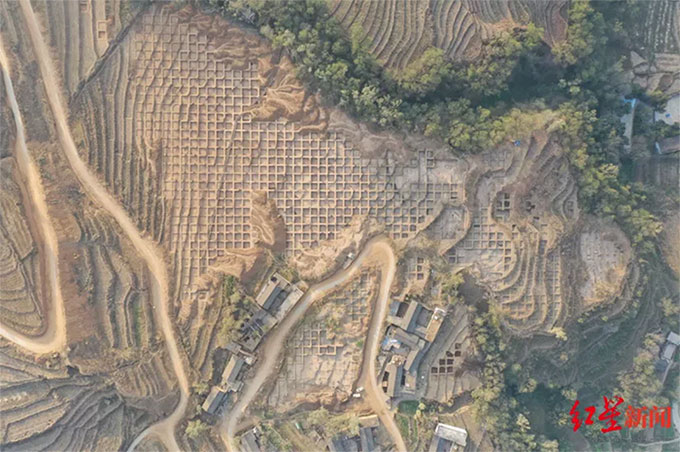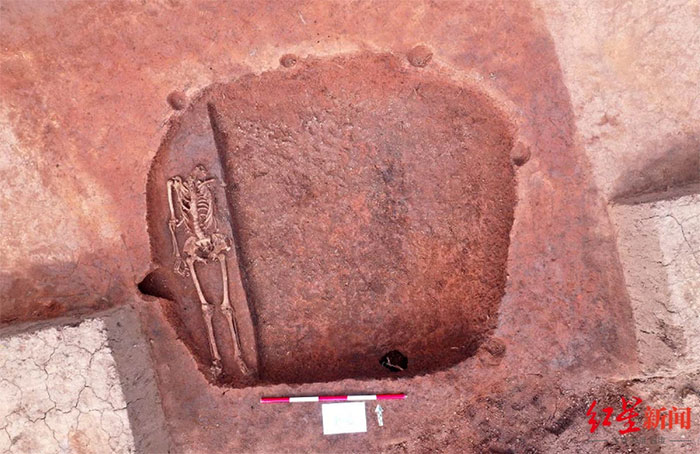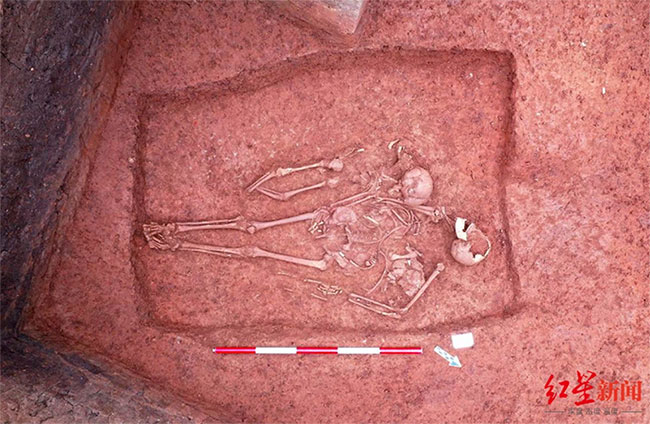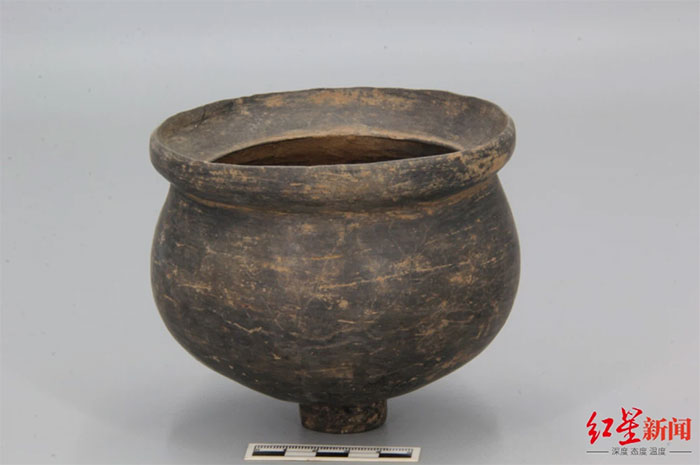The Dam Bạch Hạc Hydropower Station is located on the Jinsha River at the confluence of Ninh Nam County in Sichuan Province and Qiaojia County in Yunnan Province. It is the world’s largest hydropower station in terms of construction scale, with the largest single turbine capacity globally, and ranks second worldwide in terms of installed machinery scale.
On July 17, the third turbine, with a capacity of 3 million KW, of the Bạch Hạc Than Hydropower Station, was officially put into operation.
While many are cheering for the successful progress of this mega-project, you may not know that: to avoid permanently burying archaeological artifacts yet to be discovered in the submerged reservoir area, archaeologists from the Sichuan Provincial Institute of Cultural Relics and Archaeology have been conducting archaeological excavations.This work has been carried out for nearly two years in the reservoir area and was successfully completed in the first half of this year.

Overview of the Ninh Nam Trung Gia Lương Tự site.
First discovered in Southwest Sichuan, the reality of “burial sites within residential areas”, also known as “residential burials”, remains a mystery.
According to expert Trịnh Vạn Tuyền from the Sichuan Provincial Institute of Cultural Relics and Archaeology, the underground cultural relics in the flooded area and the resettlement zone of the Dam Bạch Hạc Hydropower Station are related to 9 sites and 21 cemeteries from the Qing Dynasty in Ninh Nam County, Hội Đông County, and Đức Xương County (Resettlement Area).
“Ultimately, we excavated a total of 1,167 relics, tombs, ash pits, and other artifacts from different periods, and unearthed 2,931 small cultural relics such as ceramics, porcelain, bronze, iron, stone, jade, and shells (Group) to collect over 20,000 specimens of various cultural relics.”
A significant number of archaeological excavations indicate that ancient human activities on the left bank of the Jinsha River in the flooded area of the Dam Bạch Hạc Hydropower Station mainly concentrated during the Pre-Qin and Ming-Qing periods.
Among these, archaeologists discovered large cemeteries from the Shang and Zhou Dynasties at the site of Trung Gia Lương Tự in Ninh Nam County, and residential burial sites and mass graves at the Tăng Long field site in Ninh Nam County. Such burial sites are relatively rare in the Southwest region.

Tăng Long Điền site in Ninh Nam County.
“Residential burial”, also known as earth burial, refers to the practice of burying around houses, inside houses, and on the surface, representing a special burial method and custom in ancient society. The practice of burying within residential areas dates back to the late Paleolithic era when people first buried their spouses, relatives, and friends in the caves where they lived.
Later, with the development of settled agricultural life in the Neolithic era, burying within homes gradually became common in certain areas. Additionally, some emergency situations in societies preserved the complete appearance of burial rituals within residential areas.
Vạn Thanh, the person in charge of the Tăng Long Điền site, told a reporter from Hongjing News: “From what I see, there are no burial sites around the bone burial area, nor are there any grave goods; there are traces of fire in the soil, and the bones are headless. Therefore, we cannot rule out the possibility of a battle or other conflicts.
It could have been an accident that caused death, or the people at that time directly discarded the bodies in the abandoned house.” Vạn Thanh believes that this is one of the intriguing archaeological sites where questions remain shrouded in the fog of history.

Tăng Long Điền site and tomb in Ninh Nam County.
Archaeologists continue to excavate and analyze shells and illuminating ceramics to unravel the mysteries of a branch of the South Asia Corridor. During the excavation, archaeologists also found burial objects such as shells at many sites, including Trung Gia Lương Tự.
This extremely rare item appeared in the Jinsha River Valley thousands of kilometers away, proving that over 3,000 years ago, steep terrain could not hinder ancient people from interacting, communicating, and trading.
Based on historical records, archaeologists believe that the area covered by the Dam Bạch Hạc Hydropower Station was likely a node on a branch of the South Asia Corridor.
One of the routes of the South Asia Corridor in Sichuan runs from Chengdu through Gonglai, Huỳnh Kinh, Hàn Nguyên, Tây Xương, Hội Li, and finally crossing the Jinsha River to Yunnan.
If the An Ninh River Valley, where Tây Xương is located, is one of the main routes of the South Asia Corridor in Sichuan, then the submerged area of the Dam Bạch Hạc Hydropower Station may lie on a branch of this vast trade network.
These shells likely arrived in the local area along the road network, and due to their rarity, they were buried in tombs as a symbol of status.

Clay pot excavated from the Lương Tử site of Trung Gia in Ninh Nam.
Across the river from the town of Hoa Đàn is Xảo Gia County in Yunnan. Historically, before the Jinsha River bridge was completed, Hoa Đàn town was an important channel connecting Sichuan and Yunnan. The Hoa Đàn ferry was still in use until the Dam Bạch Hạc was constructed for hydropower, and it was a famous ancient ferry known as the Wa Wo Ferry.
After the Wa Wo Inspection Department was established in the 13th year of the Daoguang reign of the Qing Dynasty (1883), this area became particularly prosperous.
“Six palaces and four temples” were built on Hoa Đàn Ancient Street, less than a kilometer away, as a gathering place for merchants from all walks of life, witnessing the magnificent scene of the Sichuan-Yunnan combination.
The ceramics excavated from the Tiểu Đông Môn cemetery in Xảo Gia, Yunnan, are also very similar to the ceramics unearthed from coffins at the Lương Tử site in Trung Gia.
“The formation of an ancient trade route requires exploring many sites along this route. The relics and cultural sites we discovered this time are equivalent to ‘illuminating’ another node that could prove the trade route.
The archaeological excavation of Dam Bạch Hạc is not only the first archaeological excavation in the history of Ninh Nam, but also a series of significant archaeological discoveries that have reshaped the historical and cultural features of Ninh Nam County for at least 1,000 years,” shared expert Trịnh Vạn Tuyền from the Sichuan Provincial Institute of Cultural Relics and Archaeology.




















































